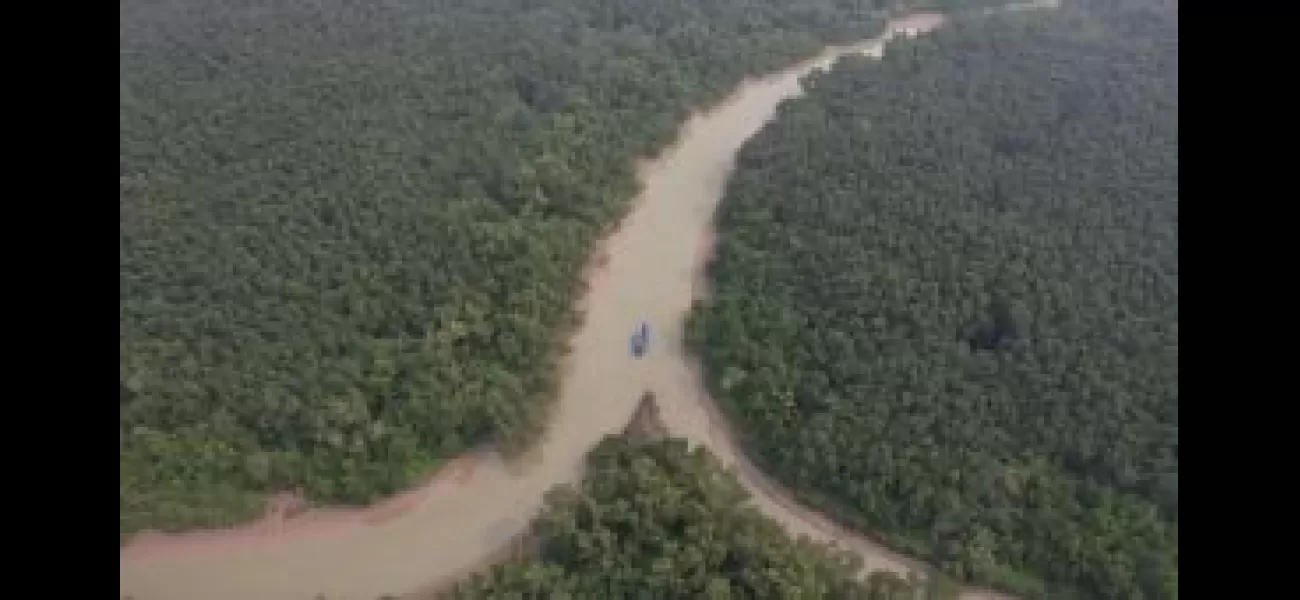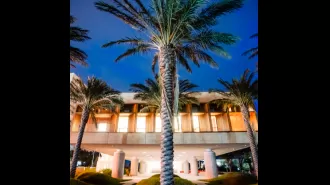ESZ restrictions to be implemented in Bhitarkanika soon.
Rajnagar, a 497.67 sq. km area around Bhitarkanika National Park, Wildlife Sanctuary, and Marine Wildlife Sanctuary has been declared an Eco-sensitive Zone by the Union Ministry of Environment.
June 15th 2024.

The beautiful and diverse area of Rajnagar, spanning 497.67 sq. km, has recently been declared as an Eco-sensitive Zone. This encompasses a range of 0.10 km to 8.7 km around the boundaries of Bhitarkanika National Park, Bhitarkanika Wildlife Sanctuary, and Gahirmatha Wildlife Sanctuary. This decision was made by the Union Ministry of Environment, Forest, and Climate Change on September 6, 2023, and was officially published on June 9, 2024. The notification states that any proposals, objections, or suggestions are welcome within 60 days of publication, after which the designation will come into effect.
Naturally, this news has caused a sense of panic and concern among the residents of 205 villages within the Eco-sensitive Zone. The government's intention behind this decision is to protect the critical habitats, migration routes, and nesting sites of various species. The region is home to 88 rare species of mangroves and is also known for its successful crocodile conservation project. In fact, it is home to the largest population of estuarine crocodiles in India. Additionally, the area is recognized as a wetland of international importance under the Ramsar convention.
One of the three protected areas, Gahirmatha, is especially known for the mass nesting of Olive Ridley sea turtles, which is a global phenomenon. The region boasts an impressive biodiversity, with 61 species of invertebrates, 20 species of fish, five species of amphibians, 42 species of reptiles, more than 280 species of birds, and 28 species of mammals. It is crucial to conserve this ecosystem and maintain its delicate balance.
The Eco-sensitive Zone will cover 205 villages, including 52 in Rajnagar, eight in Pattamundai, 38 in Mahakalapara, 32 in Aul, 30 in Rajkanika blocks in Kendrapara, and 45 villages in Bhadrak district's Chandbali, Bansada, and Tihidi blocks. Once the final gazette of the Eco-sensitive Zone is published, regulations will be enforced to control noise pollution, air pollution, land usage and management, water usage, waste management, and vehicular traffic. It has also been announced that new constructions will be restricted within the designated area, and tourism-based programs will be conducted according to guidelines.
To effectively manage the Eco-sensitive Zone, the state government has decided to prepare a Zonal Master Plan within two years, taking into consideration the inputs of local residents. This plan will be developed in consultation with various government departments, including Forest and Wildlife, Environment, Urban and Rural Development, Tourism, Municipality, Revenue, Agriculture, Irrigation and Flood Control, Public Works, and Panchayati Raj, based on environmental laws. The gazette also specifies the formation of a monitoring committee by the Central government, which will be led by the Kendrapara Collector and include representatives from Bhadrak Collector and SP, Kendrapara SP, NGO members, environmentalists nominated by the state government, and secretaries of SPCB, Bhadrak, and Rajnagar DFOs.
The designation of the Eco-sensitive Zone aims to safeguard this unique and sensitive region from various threats while also striking a balance between conservation and development. It recognizes the importance of preserving the ecosystem while allowing for sustainable human activities.
Naturally, this news has caused a sense of panic and concern among the residents of 205 villages within the Eco-sensitive Zone. The government's intention behind this decision is to protect the critical habitats, migration routes, and nesting sites of various species. The region is home to 88 rare species of mangroves and is also known for its successful crocodile conservation project. In fact, it is home to the largest population of estuarine crocodiles in India. Additionally, the area is recognized as a wetland of international importance under the Ramsar convention.
One of the three protected areas, Gahirmatha, is especially known for the mass nesting of Olive Ridley sea turtles, which is a global phenomenon. The region boasts an impressive biodiversity, with 61 species of invertebrates, 20 species of fish, five species of amphibians, 42 species of reptiles, more than 280 species of birds, and 28 species of mammals. It is crucial to conserve this ecosystem and maintain its delicate balance.
The Eco-sensitive Zone will cover 205 villages, including 52 in Rajnagar, eight in Pattamundai, 38 in Mahakalapara, 32 in Aul, 30 in Rajkanika blocks in Kendrapara, and 45 villages in Bhadrak district's Chandbali, Bansada, and Tihidi blocks. Once the final gazette of the Eco-sensitive Zone is published, regulations will be enforced to control noise pollution, air pollution, land usage and management, water usage, waste management, and vehicular traffic. It has also been announced that new constructions will be restricted within the designated area, and tourism-based programs will be conducted according to guidelines.
To effectively manage the Eco-sensitive Zone, the state government has decided to prepare a Zonal Master Plan within two years, taking into consideration the inputs of local residents. This plan will be developed in consultation with various government departments, including Forest and Wildlife, Environment, Urban and Rural Development, Tourism, Municipality, Revenue, Agriculture, Irrigation and Flood Control, Public Works, and Panchayati Raj, based on environmental laws. The gazette also specifies the formation of a monitoring committee by the Central government, which will be led by the Kendrapara Collector and include representatives from Bhadrak Collector and SP, Kendrapara SP, NGO members, environmentalists nominated by the state government, and secretaries of SPCB, Bhadrak, and Rajnagar DFOs.
The designation of the Eco-sensitive Zone aims to safeguard this unique and sensitive region from various threats while also striking a balance between conservation and development. It recognizes the importance of preserving the ecosystem while allowing for sustainable human activities.
[This article has been trending online recently and has been generated with AI. Your feed is customized.]
[Generative AI is experimental.]
0
0
Submit Comment





